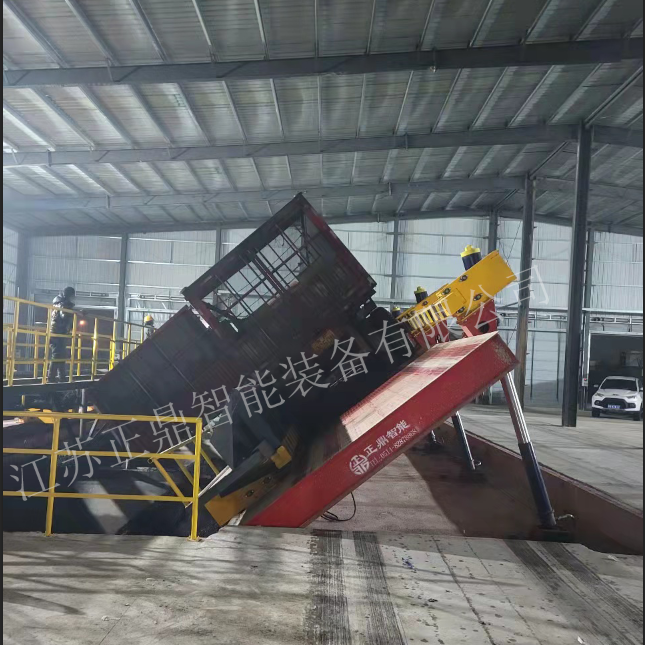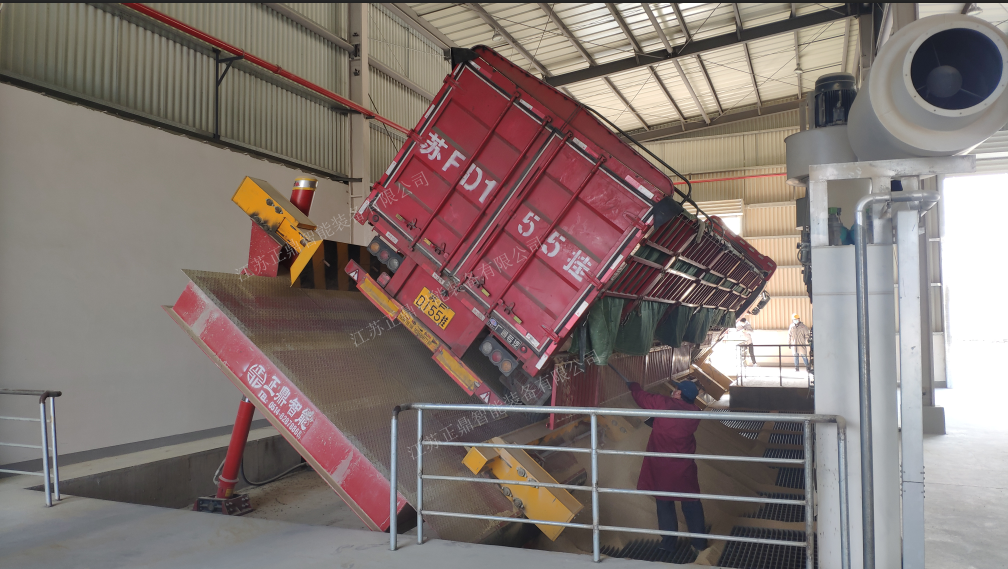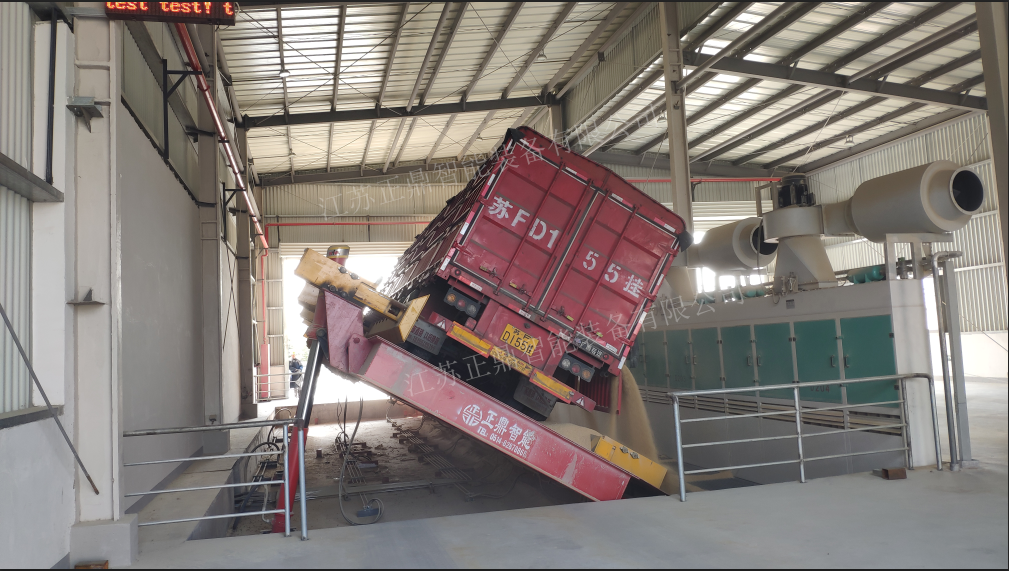container unloading methods
Container unloading methods encompass a comprehensive range of techniques and equipment designed to efficiently remove cargo from shipping containers. These methods include manual unloading, mechanical systems, automated solutions, and specialized equipment such as container tilters and hydraulic platforms. Modern container unloading techniques utilize advanced technologies like conveyor systems, forklifts with specialized attachments, and automated guided vehicles (AGVs) to streamline the process. The methods are adaptable to various container types, including standard shipping containers, refrigerated units, and specialized cargo containers. Key technological features include load sensors for weight distribution, safety interlocks, remote monitoring capabilities, and automated sequencing systems. These methods find applications across diverse industries, from manufacturing and retail to logistics and distribution centers. The integration of digital control systems enables precise coordination of unloading operations, while smart sensors help prevent damage to cargo and ensure worker safety. Advanced container unloading methods also incorporate ergonomic design principles to reduce physical strain on workers and improve operational efficiency. The technology continues to evolve with innovations in robotics and artificial intelligence, leading to more sophisticated and automated unloading solutions that can handle increasingly complex cargo types and configurations.


